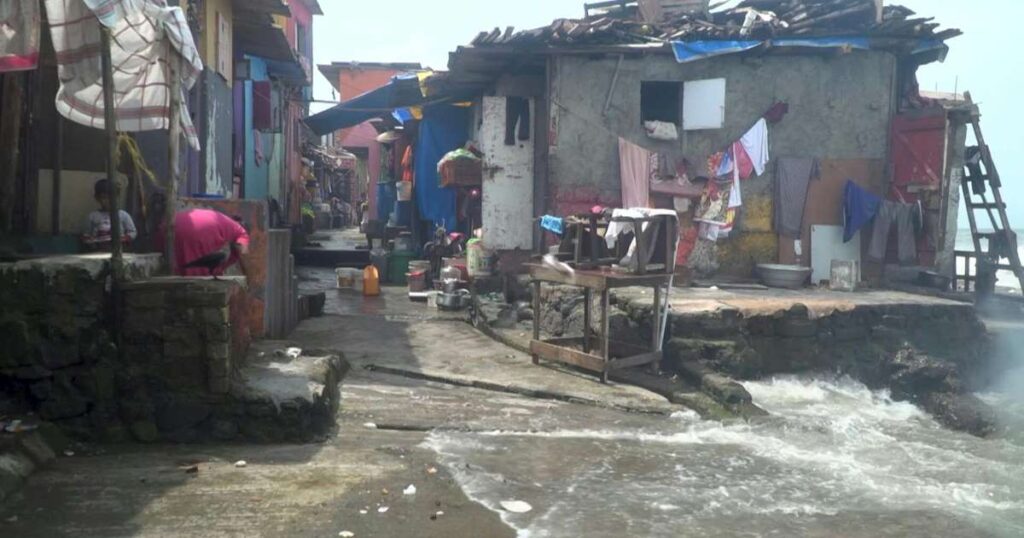
MUMBAI: Huge swathes of Mumbai´s beaches have already been lost to rising seas. Now shanty dwellers fear for their homes and critics say India’s largest metropolis — like other world mega-cities — is not doing enough to hold back the waves.
During the monsoon, near-daily storms regularly flood Dharavi, one of Asia’s biggest slums and home to some of the coastal city’s most vulnerable residents.
“The situation has been getting worse every year, with our homes knee-deep in water,” Venkatesh Nadar, 38, who has lived in the shanty settlement his entire life, told AFP.
Nadar said authorities have not told him what might happen to his home as sea levels rise, or if they are doing anything to help his family move.
“It´s dangerous and worrying for our children´s future, and leaves every family living here at God´s mercy,” he said.
If a dire UN prediction saying that the sea could rise by one metre (three feet) in the century up to 2100 because of global warming comes true, one academic report suggests a quarter of Mumbai could be affected.
Even a 20-centimetre (eight-inch) rise would more than double the frequency of flooding in tropical zones such as the Mumbai coast, according to a 2017 report by US experts.
Mumbai, which British colonial rulers formed by joining seven small islands, is already vulnerable to floods because so much of it is below the high-tide line.
The shore has retreated by more than 20 metres (yards) at some Mumbai beaches over the past 15 years, according to studies by the Watchdog Foundation activist group.
Hundreds have died and billions of dollars of damage caused in floods over the past two decades — and one storm alone in 2005 left 500 dead.
Floodwaters already overwhelm Mumbai´s decrepit drainage system every monsoon.
The Maharashtra state government´s response has concentrated on building 20 sea walls — including four off Mumbai — and a huge mangrove planting campaign along the state´s 720-kilometre (450-mile) coast.
Offshore reefs and beach restoration plans are also being considered.
Mangroves act as sponges to soak up excess rain and stormwater, and hundreds of thousands of saline-resistant trees and shrubs have been planted in a bid to create tropical tidal forests that act as a buffer against sea surges.













